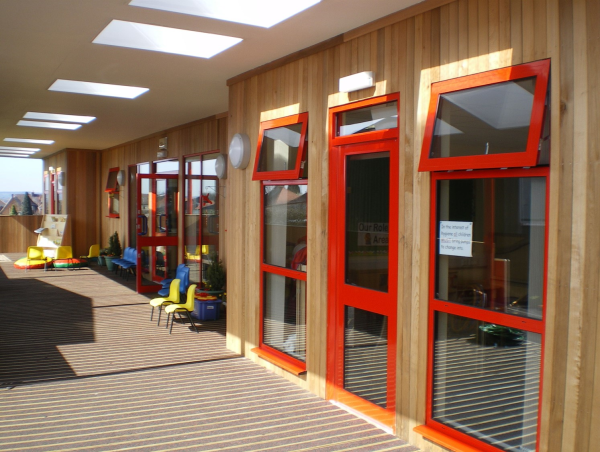Light, we take it for granted and rarely think about it on a daily basis, but it is the centre of solar system, the driving force behind our world and reason we have sight. We have created time around the cycle of the daylight hours we experience on our planet and it is our primary source of energy, without light we could not exist.
Light and the world around us impact on our senses every second of everyday. Like how the gloomy start to a cold winter morning changes our mood, to our instinctive reaction to squint in the bright sun light. Our brains are fine tuned to react to stimulus in our environments and our senses alert us to the surrounding stimuli that provokes our reaction. Our bodies need light to survive but as with any stimulus to the senses we will react to the amount of light that we experience within our local environment.Clever use of lighting can
- create drama and excitement in a themed environment such as the theatre,
- help us to navigate our way to safety,
- provide a sense of calm and peace,
- promote spiritualty such as in places of worship.
Many studies have examined the link between light, productivity and engagement.
One of which is the Hawthorne Effect where the owners of the Hawthorne Factory, Chicago commissioned a study to see if their workers would be more productive in different degrees of light.
The study found that the workers’ productivity increased when improvements to light were made and then dropped when the study ended.
As there is with any research, there are some criticisms to the findings of this study, in that other environmental influences may have affected the results. However, subsequent research has shown that lighting can positively impact on our senses and engagement.
Studies by Kuller and Lindsten (1992) and the Mahone Group (1999) have found a relationship between daylight and the academic performance of students.
Daylight provides the spectrum of all light wavelengths. Blue, red and green although they appear as white to our eyes when combined.
White light provides the standard colour for quality artificial lighting.
In the research, the quality of a well-lit learning environment has been found to improve test scores and the health and wellbeing of the students which has subsequently led to higher attendance.

It is not possible to design and build a new school that can make use of daylight alone within the UK. The changing seasons mean that some artifical lighting is required.
Many schools have been designed to use artificial fluorescent lamps that provide a discontinuous spectrum of colour that flickers. The quality of light from a fluorescent fitting doesn't compare to natural daylight and the question must be asked, is too much artificial light damaging?
Imagine its late afternoon and you’re back at school. The day has nearly finished and the natural light outside is fading. The fluorescent light bulbs in the ceiling are glaring and straining on your eyes as you try to concentrate on the teacher’s voice.
The room is a stark white colour from the rays of the bulbs. A bulb starts to flicker as it begins its slow but annoying death. Each flicker punctated by an irritating buzz.
We've all been there haven't we? Think of the last time this happend to you and ask yourself did you have the ability to think clearly? Were you listening and focussed or did you feel lethargic, distracted, demotivated?
Wouldn't you have much referred natural daylight and sunlight beaming rays through the glazing?
Most likely you would feel much happier, motivated and alert, with a willingness to learn.
Children and adults alike that lack exposure to natural daylight can develop a lower sense of emotional wellbeing with higher levels of melatonin and cortisol.
Melatonin helps to regate your sleep patterns, and cortisone is often released in times of stress suppressing your immune system.
The Government have recognised the importance of natural daylight within teaching spaces and they formed their own guidance for the school baseline designs to ensure sufficient levels of balanced glare-free light.
How can schools best use natural daylight within the school environment?
Optimum natural light during daylight hours should always be the main source of light in the classroom, not only to enhance the quality of learning but also in terms of a sustainable solution.

Natural light will create an environment that is interesting, engaging the children to learn, and inviting them to explore and focus.
This has been recognised in the retail industry, with the new Westfield shopping centre in London featuring a glazed roof that dapples light to the interior. Studies have show that our eyes are naturally drawn towards well lit areas of focus.
Artificial light in the school environment should serve to support natural light, only taking over fully as the daylight starts to fade.
As we know lighting can affect the senses. School environments provide the opportunity to design teaching spaces with imaginative lighting solutions, both natural and artificial, that will spark creative minds encouraging creativity, not blandness or uniformity.
Perfecting lighting for schools will not only mean greater focus and concentration from students, but as it follows, better results and increased productivity. Through teachers and students not suffering the negative effects of poor lighting, better health, attendance and wellbeing will prevail.
So each buzzing and flickering bulb you see represents an opportunity to change a space for the better and make the learning environment right.

